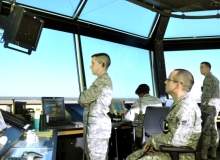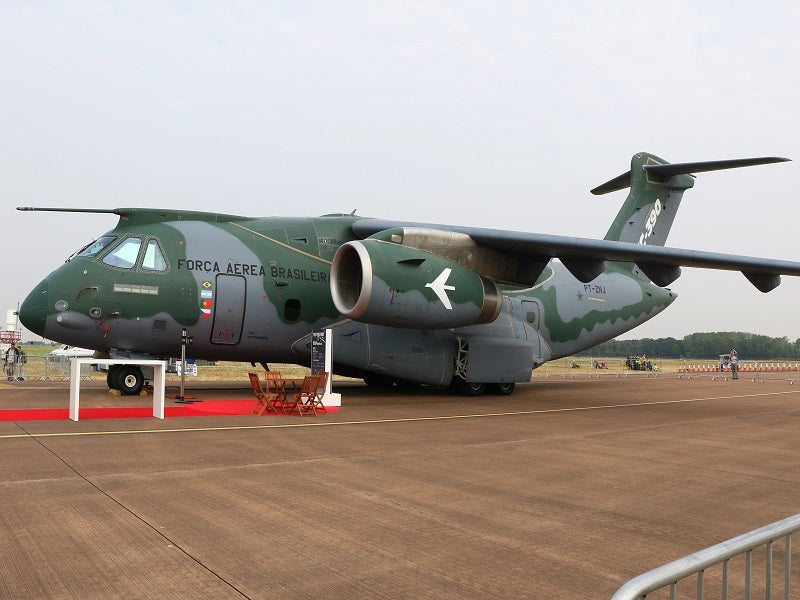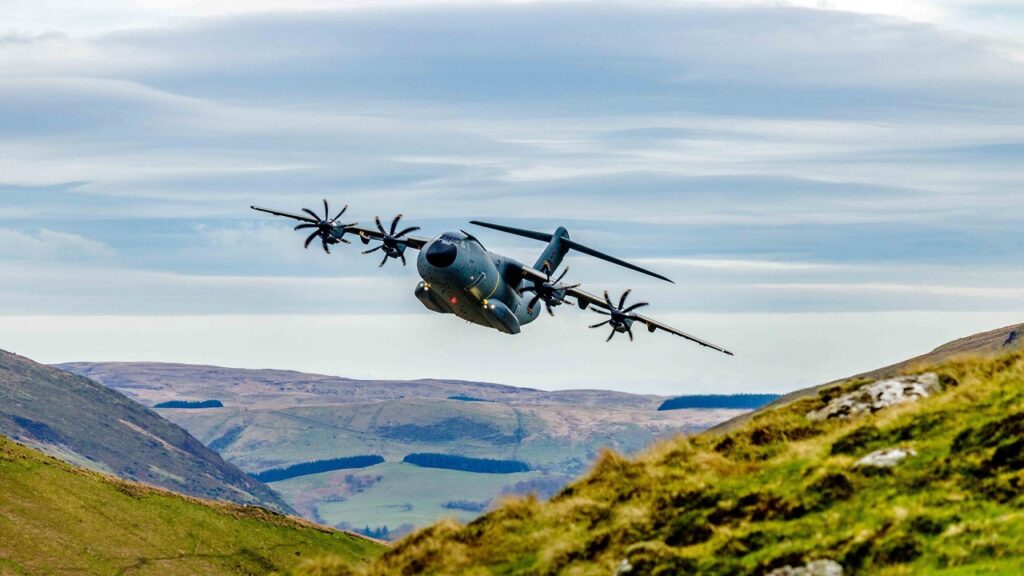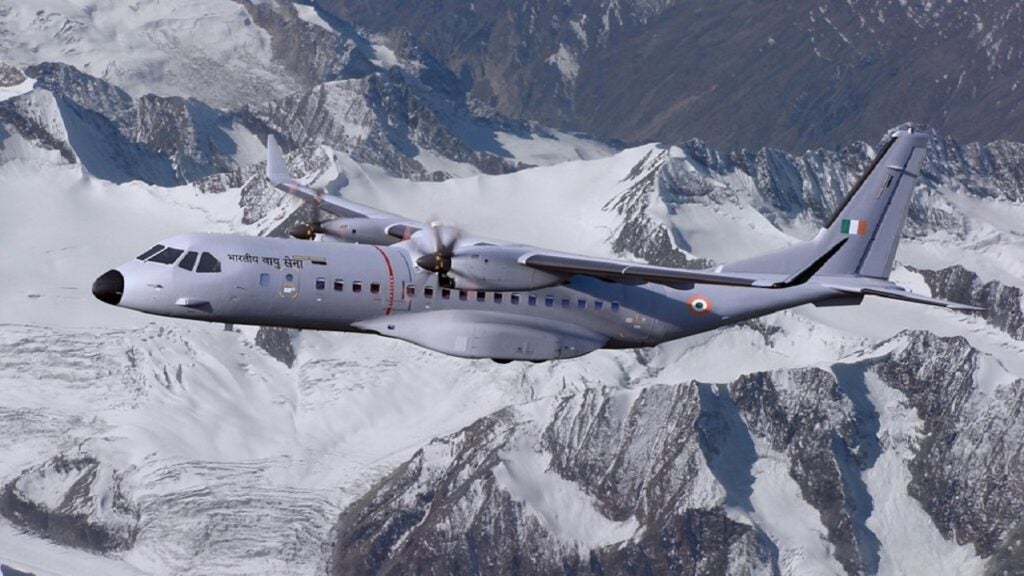
Columbus Air Force Base (IATA code: CBM) is situated 14km north of Lowndes County in Mississippi, US. It is owned by the United States Air Force (USAF) and operated by the Air Education and Training Command (AETC). Approximately 11,500 personnel reside at the base.
History of the Columbus Air Force Base
Construction of the base commenced in September 1941 as the Air Corps Advanced Flying School. The base was renamed Kaye Field in February 1942 in the honour of World War I Martyr Captain Sam Kaye. Pilot training began at the field with the arrival of the first batch of cadets in February 1942.
The Kaye Field was redesignated as Columbus Army Flying School (CAFC) in March 1942. Air Training Command (ATC) became the operator of the CAFC in July 1946. Approximately 7,412 pilots graduated from the school during the World War II.
CAFC was inactivated in August 1946 and its control was handed over to the Barksdale Army Air Force and then to GoodFellow Air Force Base in June 1948 followed by Craig Air Force Base in November 1950.
CAFC was renamed as Columbus Air Force Base in December 1950. It was reopened in 1951 as a contract flying school to cater to for the increased demand for pilots for the Korean War. In 1955, the base was transferred from ATC to Strategic Air Command.
The base recommenced its original pilot training operations after the ATC regained control in 1969. The undergraduate pilot training (UPT) centre was activated at the base in July 1970. The UPT missions are carried out by the 14th Flying Training Wing (14 FTW).
ATC was deactivated in June 1992 and its 14 FTW started to operate under the newly formed Air Education and Training Command (AETC).
Design and construction of the Mississippi base
The base includes 453 housing units. Pinnacle Hunt was contracted in April 2007 to design, build, renovate and manage 2,257 housing units at six bases including CBM. Pinnacle-Hunt is a joint venture formed by the Hunt ELP and Pinnacle AMS Development Company.
The project is part of AETC’s Group II housing privatisation project and included demolition of 211 units, renovation of 105 units and construction of 146 new homes at CBM.
Carothers Construction was contracted to build a childcare development centre ($7.6m), phase I and II of mission support complex ($9m and $7.9m), and corrosion control facility ($4.9m). The child care development centre was opened in November 2010.
Garrison facilities at Columbus AFB
The CBM serves as the headquarters for 14 FTW of AETC’s ninth air force (9 AF).
The 14 FTW, which was activated in June 1972, offers a specialised undergraduate pilot training (SUPT) for the USAF airmen and allied forces. It can also carry out law enforcement, transportation, fire protection, communications and contingency operations.
It is organised into three groups: the 14th Operations Group, 14th Mission Support Group and 14th Medical Group.
Other squadrons deployed at the base include 37th Flying Training Squadron, 41st Flying Training Squadron, 43rd Flying Training Squadron, 48th Flying Training Squadron, 49th Flying Training Squadron and 50th Flying Training Squadron, 14th Civil Engineering Squadron, 14th Operations Support Squadron, 14th Communications Squadron, 14th Contracting Squadron, 14th Logistics Readiness Squadron, 14th Security Forces Squadron, 14th Mission Support Squadron and 14th Comptroller Squadron.
Air facilities at the United States Air Force (USAF) base
The base features three runways paved with concrete. The runways are 3,658m, 2,438m and 1,920m long.
They can accommodate KC-135 tankers, B-52 bombers, AT-6, AT-8, AT-9, AT-10, A-29, TB-25, BC-1A, T-1A Jayhawk, T-6 Texan II and T-38C Talon.
An eight-storey air traffic control tower was opened at the CBM in September 2005. It houses communication panels, airfield lighting controls, light guns, radio and telephone support equipment and environmental control equipment.
A 15,600ft2 radar approach control (RAPCON) facility was also built adjacent to the control tower in January 2005. It features a digital airport surveillance radar (DSAR) and state-of-the-art standard terminal automation replacement system (STARS).
Merrick & Company was the prime contractor involved in the design and construction of the control tower and RAPCON facility.
Other facilities at the CBM
CBM offers pilot training, logistics support, aircraft maintenance, education, temporary lodging, accommodation, child care and medical care facilities.
US Defence Sector – Market Opportunity & Entry Strategy, Analyses and Forecasts to 2015
Detailed analysis and forecasts of the US defence market are available from our business information platform Strategic Defence Intelligence. For more information click here or contact us: EMEA: +44 20 7936 6783; Americas: +1 415 439 4914; Asia Pacific: +61 2 9947 9709 or via email.



